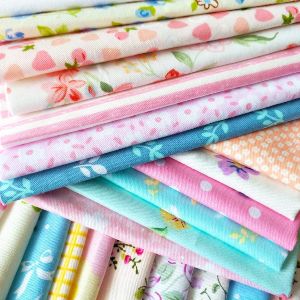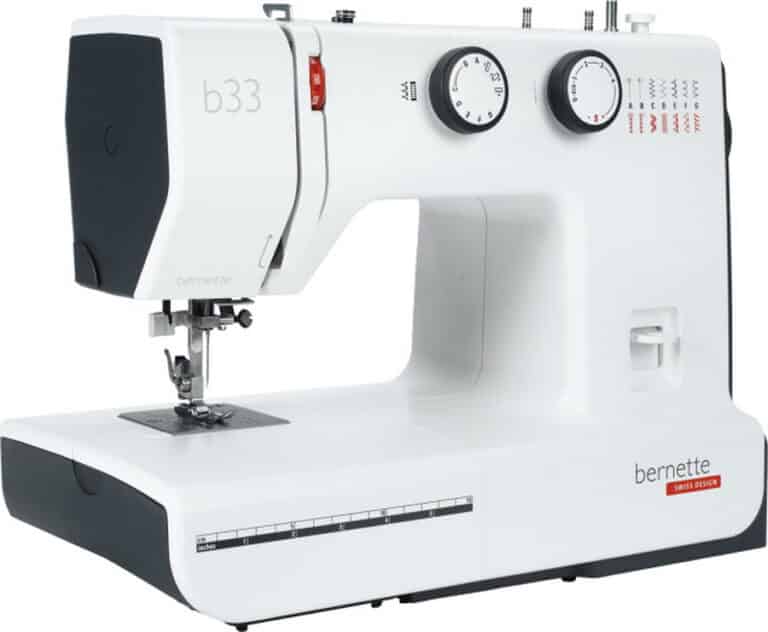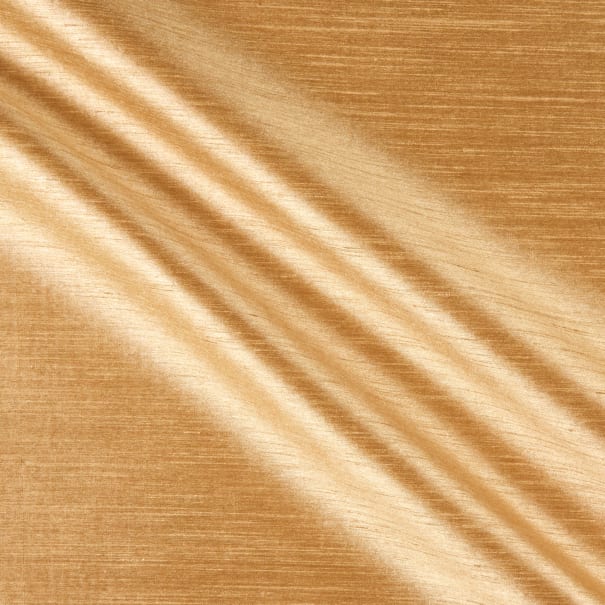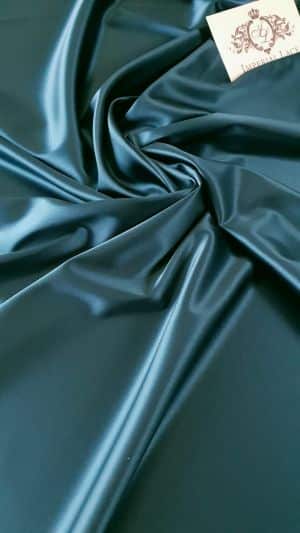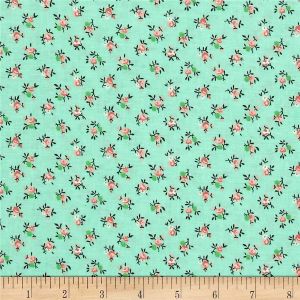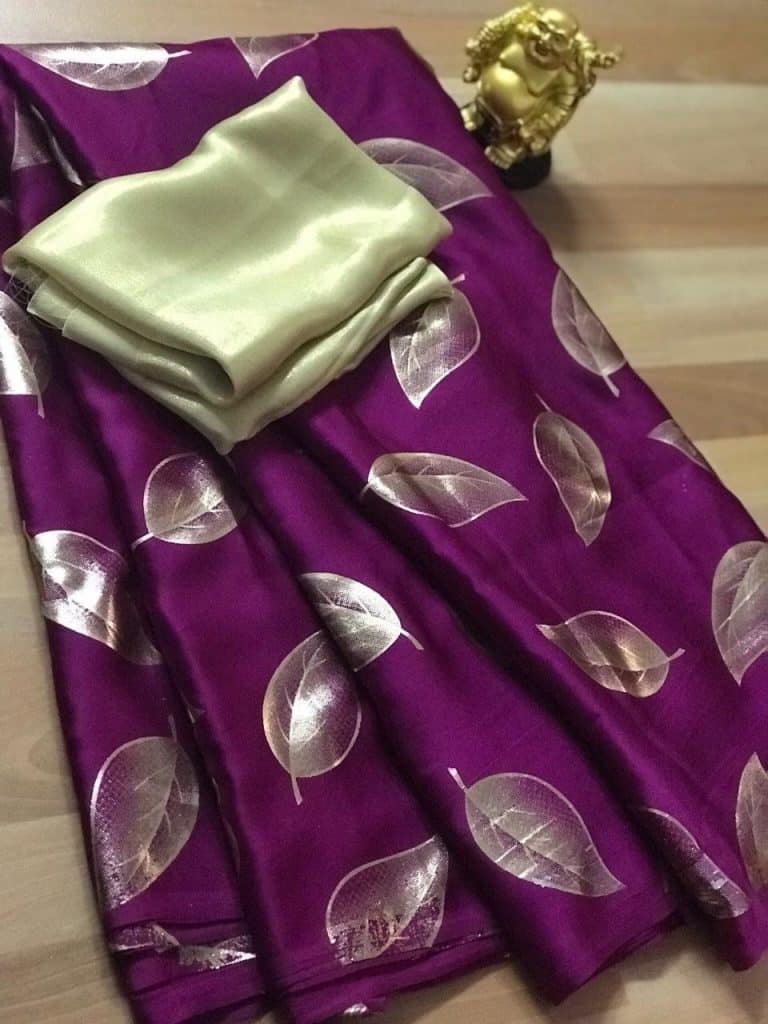Best Steps for Perfect Applique: Stitch Your Way to Applause!
Comprehensive Guide to Appliqué Techniques
Tangentially Connected Insights
Dive into a world where tiny fragments of fabric get a grand stage. It’s all about decking out that larger-than-life fabric canvas with itsy-bitsy textile bits that are in fierce competition with kaleidoscopes in terms of color variety and aesthetic wow-factor.
Closely Connected Topics
They say the devil’s in the details, so here, let’s sweat the small stuff together. After all, in the realm of appliqué, it’s the little choices that create a masterpiece.
Got a quirky design in your noggin? Fantastic. Let’s slap that on some fabric. But hold up, you need some sticky stuff on the back. Wait, we’re getting ahead of ourselves. Let’s break it down:
Stick ’em Polarities: Spray or Iron-on?
- FuseMe: Irons out those unwanted appliqué creases. Say adios to wrinkle city.
- Spray Adhesive: A temporary stick with 505 Temporary Adhesive Spray. Because commitment is hard.
Precision Cuts: To Hoop or Not to Hoop?
- In-Hoop Supremacy:
- Ideal for the Run Stitch Tackdown
- Simple shapes ally
- The Raw Edge Appliqué’s BFF
- Pre-Cut Pride:
- Befriends the fussy E-Stitch
- Embraces the weirdly shaped
- Handles spiky, pointy, and angular like a boss
Got some thick or fluffy fabric? Precut that, trust me.
Joleen’ s Word of Wisdom: The Fuzzy Cutting technique. Think: fabric auditions for the role of your next appliqué sensation.
Alright, Sherlock, here’s a conundrum: To color-match or not? Fear not, my fabric-toting Watsons, we’re channeling Joleen’s mystical thread wisdom—a spectrum of Medley Variegated hues, including screaming-for-attention ‘Sherbet’ and moody ‘Jewel Tone’, to revolutionize your thread game.
And, get this, a new player has entered the game: Medley Variegated Metallic Thread, code name ‘Abalone’. Yes, it’s as glamorous as it sounds.
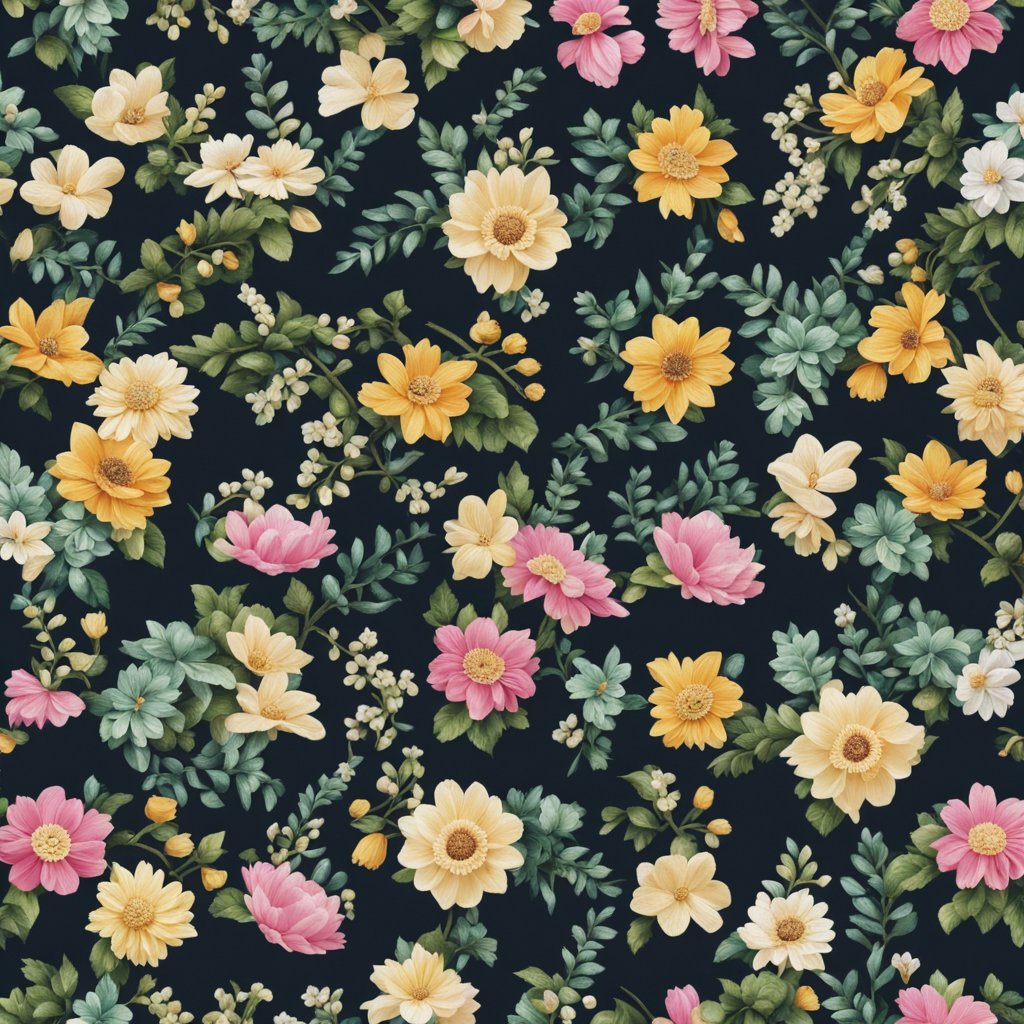
Need the full scoop?
Embark on your appliqué odyssey with jazz hands and a high stitch count. Got doubts? Bat them away with a well-aimed spool of thread. You’ve got this, fabric wrangler.
Frequently Asked Questions
Beginning Machine Appliqué with Confidence
To start machine appliqué with flair, you’ll need a steady hand and a clear plan! Here’s a step-by-step gesture to get you going like a pro:
- Begin with a smooth, flat surface.
- Position your fabric.
- Select a simple straight or zigzag stitch on your sewing machine.
- Keep your pace consistent.
Remember, it’s not a secret handshake, but consistency that’s the real MVP.
Mastering Reverse Appliqué Like a Pro
Revealing the mystery behind immaculate reverse appliqué starts with:
- Tracing your design accurately on fabric.
- Stacking your layers in proper order.
- Sewing around the design before the grand reveal by cutting away the top layer.
Think precision, patience, and perhaps a few practice rounds.
Selecting Ideal Fabric for Appliqué Embroidery
To pick the supreme fabric for your appliqué ambitions, consider:
- The fabric’s weight and texture: Natural fibers like cotton are fantastic starters.
- Color compatibility with your base material.
- Taking fabric grain into account for pattern alignment.
No magic here, just sharp decisions that lead to enchanting outcomes.
Avoiding a Thread Fiasco with Embroidered Appliqués
To stitch your embroidered appliqués without getting into a knot:
- Use an embroidery hoop to keep the fabric taut.
- Thread your needle with the right type of thread.
- Stitch with care and take it slow, no rush!
It’s not about avoiding a tangle; it’s the art of elegant entwining.
Ensuring Iron On Appliqués Stick and Stay
For iron-on appliqués that adhere and endure:
- Ensure both patch and garment are pre-cleaned.
- Preheat to the recommended temperature.
- Apply firm, even pressure with the iron.
- Wait for the cool-down before testing.
Stick to these steps and your appliqués won’t flake off like your high school algebra.
Secrets to Exemplary Machine Appliqué Stitches
Unlocking the top-tier technique for machine appliqué stitches involves:
- Choosing the right stitch length and width.
- Adjusting tension to prevent puckering.
- Practicing on scraps to perfect your method.
The dossier isn’t locked; it’s just about nailing the stitch with some detective work.


